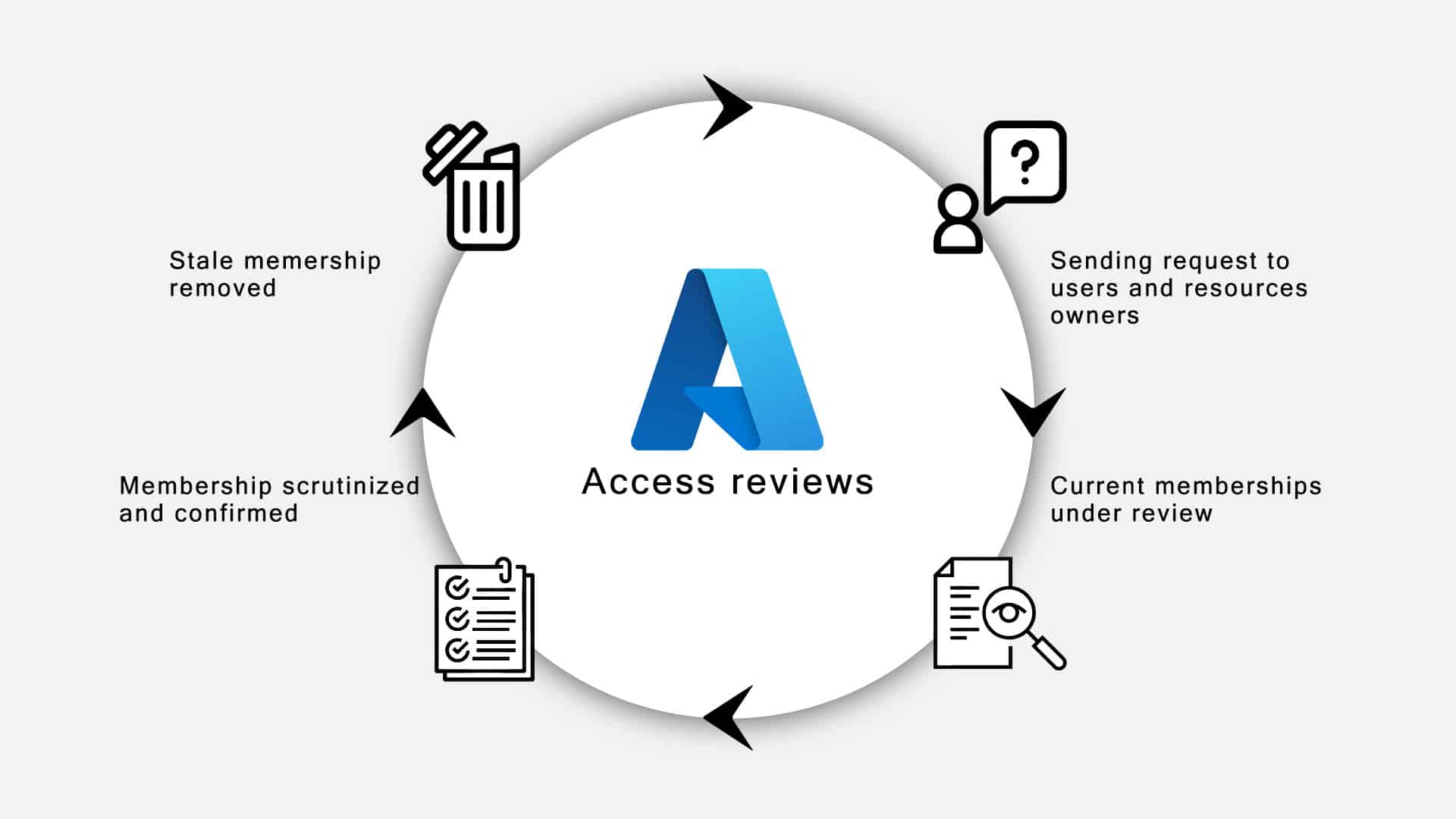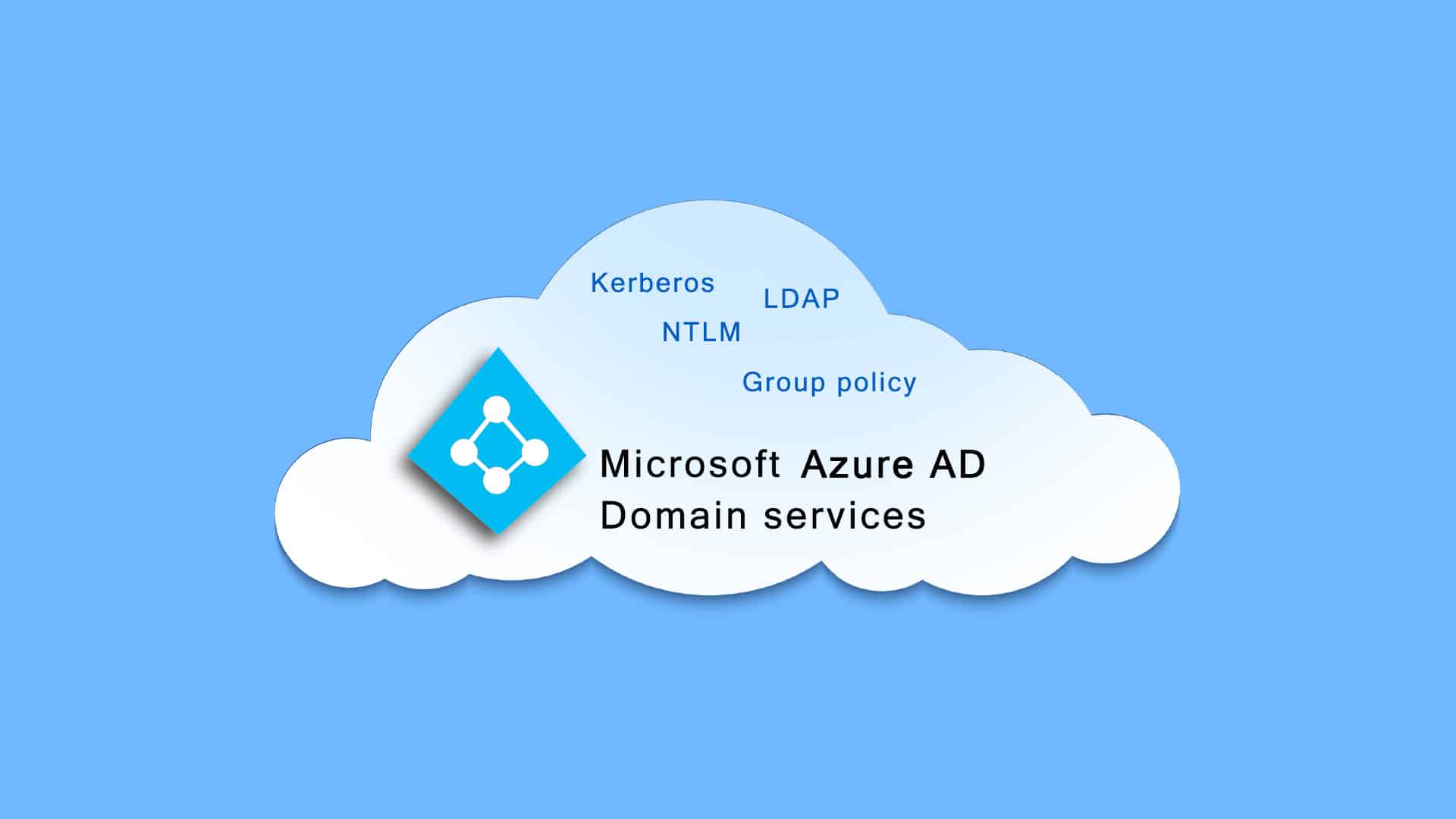Azure AD and its features – An introduction
Microsoft offers Azure Active Directory (Azure AD), a cloud-based identity and access control system. It is intended to offer a centralized method of authentication and permission for users, programs, and services running on various platforms

Data Transformation in Azure Data Factory (ADF) – An overview
Introduction Microsoft’s Azure Data Factory (ADF) is a cloud-based data integration service. The platform provides users with the ability to construct, schedule, and manage data pipelines that transfer and transform data between different sources and
Azure DevOps vs Azure DevOps Services
Let’s get right into it. Here’s a table of difference between Azure DevOps and Azure DevOps Services. Azure Devops vs Azure Devops services Feature Azure DevOps Azure DevOps Services Pricing On-premises Pay-as-you-go Deployment Self-hosted Hosted
Azure AD Federation Basics
Recap of Azure AD Federation Azure AD Federation is a service that enables organizations to provide their users with seamless access to applications and services. With Azure AD Federation, organizations can securely authenticate and authorize
How to protect confidential data using Azure Information Protection
Organizations handle a vast amount of confidential data daily. Ensuring the security and privacy of this data is essential. Azure Information Protection (AIP), a cloud-based solution from Microsoft, empowers organizations to classify, protect documents and
Exploring Azure Architecture: A Beginner’s Guide to Cloud Services
On top of Microsoft’s global network of data centres, Microsoft Azure is a cloud computing platform that operates on Microsoft’s infrastructure. The service enables businesses to build, deploy, and manage a wide range of applications

What are Access Reviews in Azure AD
Introduction Azure Active Directory (Azure AD)’s access reviews are an essential part of identity governance. In order to prevent unauthorized access to sensitive data, organizations conduct access reviews to ensure that users and groups have
Azure Data Studio
Azure Data Studio is a free, open-source cross-platform tool for managing data in the cloud. It is a modern, lightweight tool that offers a unified user experience for working with data across Azure SQL Database,
What is Azure Kubernetes Service (AKS) – An overview
Getting Started with Azure Kubernetes Service (AKS) Azure Kubernetes Service (AKS) is a managed container orchestration service provided by Microsoft Azure. It allows organizations to deploy, scale, and manage Docker containers and container-based applications with
How to configure device compliance policies in Microsoft Intune
Microsoft Endpoint Manager (MEM) offers a range of tools and services for unified security, management, and monitoring of end devices such as laptops, desktops, mobile phones, virtual machines, servers, and more. This endpoint management service
How access management works in Azure AD
The process of authenticating, authorising, and auditing access to IT systems, applications and services is known as access management. Access management is usually coupled with identity management resulting in identity and access management (IAM).Via rigid
7 Must-Know Features of Azure Architecture for IT Professionals
The Azure cloud computing platform is a platform that enables as well as facilitates the development, deployment, and management of applications and services on a wide range of platforms and tools. With Azure’s scalable, reliable,

Azure Privileged Identity Management (PIM) – An overview
Introduction The Privileged Identity Management (PIM) feature of Azure Active Directory (Azure AD) enables you to manage, monitor, and control access to privileged roles and resources. The purpose of this article is to provide a
Azure synapse
Azure Synapse is a fully managed, enterprise-scale analytics service that combines the power of Azure Data Lake Analytics and Azure SQL Data Warehouse. It provides a unified experience for data preparation, governance, and analytics, and
Azure AD Pass-through – On-premises authentication in the cloud
Introduction In today’s business landscape, organizations are increasingly adopting cloud-based solutions to streamline operations and boost productivity. Azure Active Directory (Azure AD), a robust cloud-based identity and access management solution by Microsoft, offers various authentication
What is Azure Key Vault?
In today’s digital landscape, keeping your information secure is a top priority. As organizations transition towards cloud-based solutions, ensuring the protection of secrets such as cryptographic keys, passwords, and certificates has become increasingly challenging. Azure
How groups work in Azure AD
The straightforward way to provide users with resources is directly assigning the relevant resources to a user, but doing this for hundreds and thousands of users can be quite taxing. This is where the concept
Difference between on-premise active directory and Azure active directory
As businesses continue to expand, the need for secure and efficient identity management becomes increasingly important. Active Directory (AD) has been a popular solution for managing identities and access within organizations for many years. However,

What is Azure AD Entitlement Management
Introduction Administration and governance of identities depend heavily on entitlement management. It involves managing user access to resources and data within an organization. Azure Active Directory (Azure AD) Entitlement Management allows organizations to define, enforce,
How to generate Azure uptime report – an overview
Azure has a 99.9% uptime SLA, which means that Azure is expected to be available 99.9% of the time. However, there may be times when Azure is unavailable due to planned or unplanned maintenance. Azure

Before migrating to Active Directory Domain Services (AD DS) 2022
In today’s dynamic IT landscape, the need for organizations to be agile and adaptable is more pronounced than ever. Active Directory Domain Services (AD DS) stands as the cornerstone of organizational identity. While the allure
Exploring Microsoft Identity Platform
Identity management is crucial for ensuring security, scalability, and seamless user experiences across various platforms and applications. Microsoft offers an identity platform designed to meet these needs. In this article, we will explore the Microsoft
How to use Azure AD groups to manage role assignments
Azure Active Directory (Azure AD) is a cloud-based identity and access management service that helps organizations manage user access to on-premises and cloud resources. One of the key features of Azure AD is the ability

Azure Active Directory (AD) Domain Services – An overview
Introduction Azure Active Directory Domain Services (AD DS) is a cloud-based service provided by Microsoft that enables businesses to connect their Azure Virtual Machines to a domain, and use the same credentials for on-premises and

Identity governance in Azure AD
Introduction The role of identity governance in enterprise security is becoming increasingly important in the modern digital world. Microsoft Azure AD is a cloud-based identity and access management (IAM) solution that enables organizations to securely
Learn all about Azure fundamentals
What is Azure? Microsoft Azure is a cloud computing platform that offers a broad range of services, including computing, storage, networking, databases, analytics, AI, machine learning, and Internet of Things (IoT). Azure can be used
Understanding Tombstone Objects in Active Directory
The tombstone object: What is it? Imagine accidentally deleting a user account in active directory. A tombstone object steps in, holding significant information like the deleted object’s unique identifier and security details. An object that

FSMO placement strategies for hybrid and cloud scenarios
Active Directory • Hybrid architecture In hybrid identity, where some domain controllers live on‑premises and others in Azure, where you place AD’s five operations‑master roles decides authentication speed, change safety, and your failure blast radius.
Azure AD Connect: What it is, how it works; best practices
Despite the proliferation of cloud architecture, organizations cannot entirely shift from their existing on-premise environments due to the presence of important legacy solutions that do not support the migration. Besides, certain sensitive data and applications
Difference between AD domain services and Azure AD domain services
Active Directory Domain Services (AD DS) and Azure Active Directory Domain Services (AAD DS) are two important technologies used by organizations to manage their resources and users. However, many people get confused between the two

Azure MFA – All you need to know!
1. Introduction Hey curious IT wizards! Let us take a broad and in-depth look into what is Azure Multi Factor Authentication (MFA), how it works, why it is important and all the steps involved in
Data transformation in Azure Data Factory (ADF) – Use cases
There are several use cases for data transformation in Azure Data Factory, each of which can be achieved using a combination of built-in and custom data transformation activities, including mapping data flows, wrangling data flows,
How to verify DC functionality as a Global Catalog server?
Before verifying if a Domain Controller (DC) is a Global Catalog (GC) server, it’s essential to grasp these concepts: What is a Domain Controller ? A Domain Controller is a server in a Microsoft Active
What Microsoft Azure means for your business and how does it work
What is Microsoft Azure? The Microsoft Azure cloud computing platform allows businesses to deploy, manage, and build applications and services with a wide range of services that can be accessed from anywhere you have an

What is Azure Data Factory (ADF)?
Azure Data Factory is a cloud-based service that integrates data from various sources and destinations, enabling the creation, scheduling, and management of data pipelines for data transfer. ADF supports structured, semi-structured, and unstructured data types
How to unlock Azure AD account
1. Introduction Welcome to the blog post on “How to Unlock Azure AD Account.” In this section, we will provide an overview of Azure Active Directory (Azure AD) and explain the importance of unlocking Azure
Azure AD for Identity Governance: A Comprehensive Guide
Introduction: Azure Active Directory (Azure AD) is a cloud-based identity and access management solution provided by Microsoft. It offers robust features for identity governance, allowing organizations to effectively manage user roles and permissions within their
How to configure Azure AD Connect for non-routable domains
Azure AD Connect is a crucial tool for synchronizing on-premises directories with Azure Active Directory (Azure AD). When dealing with non-routable domain names, such as those used in private network environments, additional configuration steps are
Exchange DAG – An Introduction and Step-by-Step Configuration Guide
In today’s world, email is one of the most critical communication channels for businesses. Microsoft Exchange Server is a popular email server and collaboration solution used by businesses of all sizes worldwide. To ensure high

Azure Data Factory – Data sources and destination
Azure Data Factory (ADF) is a powerful data integration service that allows you to move data between various data sources and destinations. In this article, we will discuss the different types of data sources and
What is Azure Devops
Introduction to Azure DevOps Azure DevOps is a cloud-based platform that helps teams build, deploy, and manage software. It provides a wide range of features and capabilities, including: Azure DevOps is a powerful platform that
What is Azure AD Federation?
Introduction to Identity Federation In today’s digital age, businesses face significant challenges in managing identities and access to resources. The traditional approach to identity management involves maintaining separate user accounts in each application or service,
Simplify data classification using Azure Information Protection
Organizations across all industries handle sensitive information, making data protection a top priority. With the sheer volume of data created daily, manually labeling each item with an appropriate sensitivity label is impractical. Thankfully, Azure Information

